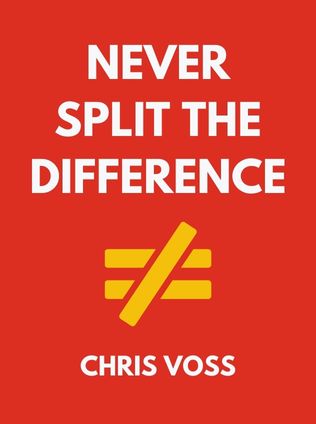
Finding Allies, Building Alliances
8 Elements that Bring - and Keep - People Together
By Rich McKeown,
Published 09/2013
About the Authors
Mike Leavitt served as the governor of Utah for three terms and later as the Secretary of Health and Human Services and the Administrator of the Environmental Protection Agency under President George W. Bush. His experience as a seasoned diplomat includes leading U.S. delegations to over 50 countries, negotiating on health, environmental, and trade matters.
Rich McKeown is the co-founder, president, and CEO of Leavitt Partners, which provides advisory services in the healthcare and food safety sectors. He has a diverse background as an educator, lawyer, mediator, and served as Chief of Staff during Leavitt's terms as governor, EPA administrator, and HHS secretary.
Main Idea
"Finding Allies, Building Alliances" is a comprehensive guide aimed at leaders who must foster effective, productive, and collaborative ventures. Mike Leavitt and Rich McKeown present a proven methodology to create powerful alliances capable of solving complex problems that no single entity can tackle alone. The book outlines eight key elements essential for successful collaboration and alliance building.
Table of Contents
- Introduction
- The Collaborative Foundation
- A Common Pain
- A Convener of Stature
- Representatives of Substance
- Committed Leadership
- A Clearly Defined Purpose
- A Formal Charter
- The Northbound Train
- Defining Common Ground
- Collaborative Intelligence
- Alliance Enterprises
Introduction
In today's complex world, organizations face challenges that extend far beyond their immediate control. To address these issues, leaders must learn to transform competitors into collaborators. This book serves as a guide for fostering and maintaining effective alliances. Leavitt and McKeown emphasize the importance of choosing the right participants and following a framework of eight elements to ensure the success of collaborative efforts.
The Collaborative Foundation
What It Is and Why It's Essential
A value alliance is a group of participants with aligned interests pursuing an outcome that benefits each member. This formally organized entity follows a process designed to achieve collective advantage. Collaboration is the means to this end, enabling organizations to solve problems that are too complex for any single entity to address alone. These alliances are built on the foundation of multiple interests, self-interest, an incremental surrender of independence, a free-standing governance process, and value that continues.
“Collaboration is the means. While value alliances can be formed in pursuit of joint opportunity, they most often coalesce in response to a complex but common problem.” - Mike Leavitt
The Value of a Value Alliance Today
Since the 1990s, new economic forces have demanded efficiency from organizations. The problems facing organizations today are too complex for any single company to solve. Value alliances produce superior results because they offer multiple perspectives, trust, shared investment, reduced litigation, and improved speed through agreed-upon standards.
- Multiple perspectives: Provide a more complete picture of a problem, creating more options and solutions.
- Trust: Produces efficiency by fostering cooperation and reducing conflicts.
- Shared investment: Limits financial risk and encourages collective effort.
- Speed: Improves when agreed-upon standards reduce friction and streamline processes.
A Common Pain
Understanding Common Pain
Common pain motivates individuals and groups to collaborate, often driven by the realization that they cannot solve a problem alone. Pain is the catalyst that helps people overcome their natural distrust of outsiders. Three types of motivation drive people to collaborative groups: fear, greed, and the desire to touch the hand of greatness.
Three Types of Motivation
- Fear: The fear of unacceptable outcomes drives individuals to seek collaboration.
- Greed: The calculation that collaboration will yield better results than working alone.
- Touch the hand of greatness: The motivation to be part of significant and influential undertakings.
“Pain is the catalyst that helps people overcome their natural distrust of outsiders.” - Rich McKeown
The Common Pain Index
The Common Pain Index measures the pain felt by essential collaborators, gauging their commitment to a shared effort. The more intense and widespread the pain, the stronger the commitment. Factors include the significance of the problem, dependence on others, and relative influence.
Sign up for FREE and get access to 1,400+ books summaries.
You May Also Like
How To Win Friends and Influence People
The All-Time Classic Manual Of People Skills
By Dale CarnegieQuiet: The Power of Introverts
The Power of Introverts in a World That Can't Stop Talking
By Susan CainThe Lean Startup
How Today's Entrepreneurs Use Continuous Innovation to Create Radically Successful Businesses
By Eric RiesWho Moved My Cheese?
An Amazing Way to Deal with Change in Your Work and in Your Life
By Spencer Johnson, M.D.Make Your Bed
Little Things That Can Change Your Life...And Maybe the World
By William H. McRaven



















